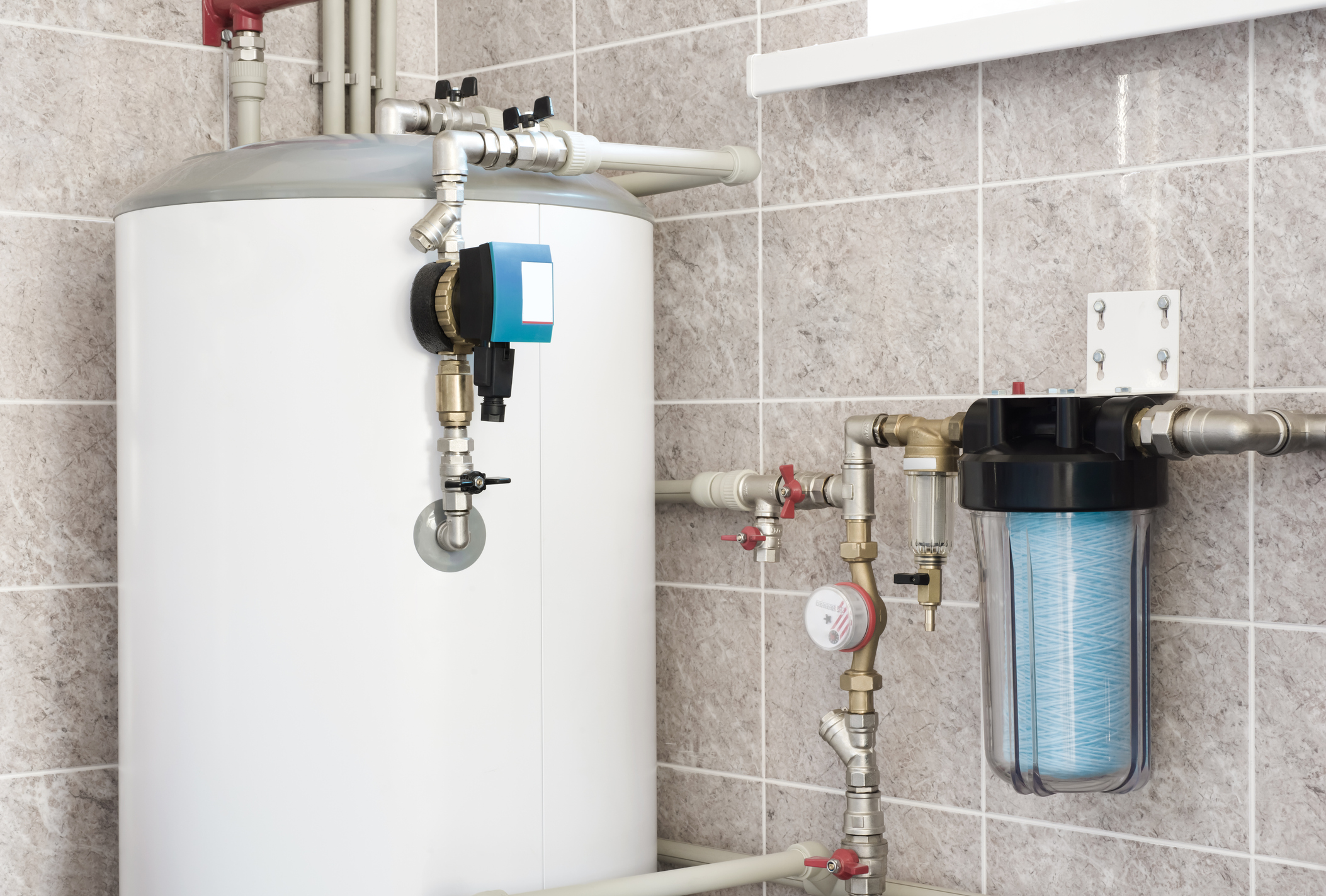This article underneath pertaining to How to Maintain a Hot Water Heater in a Few Simple Steps is exceedingly remarkable. Don't miss it.

Warm water is essential for everyday convenience, whether it's for a rejuvenating shower or washing recipes. To guarantee your warm water system runs effectively and lasts much longer, routine upkeep is essential. This short article gives useful tips and insights on how to preserve your home's hot water system to prevent disruptions and expensive repairs.
Introduction
Maintaining your home's warm water system may seem daunting, however with a couple of straightforward actions, you can guarantee it operates efficiently for many years to come. This guide covers everything from comprehending your warm water system to do it yourself maintenance suggestions and knowing when to call in specialist aid.
Relevance of Preserving Your Warm Water System
Regular maintenance not just prolongs the lifespan of your hot water system however likewise guarantees it operates successfully. Ignoring upkeep can lead to lowered effectiveness, higher energy costs, and even early failing of the system.
Indicators Your Warm Water System Demands Maintenance
Knowing when your hot water system needs focus can avoid significant concerns. Keep an eye out for signs such as inconsistent water temperature level, unusual sounds from the heating system, or corroded water.
Understanding Your Warm Water System
Prior to diving into maintenance tasks, it's helpful to understand the basic elements of your hot water system. Normally, this includes the hot water heater itself, pipes, anode rods, and temperature controls.
Monthly Upkeep Tasks
Routine month-to-month checks can help capture minor problems prior to they rise.
Flushing the Water Heater
Flushing your hot water heater gets rid of sediment accumulation, enhancing effectiveness and lengthening its life.
Monitoring and Changing Anode Rods
Anode rods avoid corrosion inside the tank. Evaluating and changing them when broken is essential.
Examining and Adjusting Temperature Level Setups
Adjusting the temperature setups makes certain optimum performance and safety and security.
Do It Yourself Tips for Upkeep
You can do several maintenance jobs on your own to maintain your warm water system in top condition.
Looking for Leakages
Consistently inspect pipes and connections for leaks, as these can result in water damages and higher costs.
Checking Pressure Relief Valves
Checking the pressure relief valve guarantees it operates properly and protects against too much pressure buildup.
Insulating Pipes
Insulating hot water pipelines decreases warm loss and can conserve power.
When to Call an Expert
While DIY upkeep is advantageous, some problems call for professional experience.
Complicated Concerns Needing Specialist Help
Examples include major leaks, electrical issues, or if your water heater is continually underperforming.
Regular Professional Upkeep Perks
Professional maintenance can consist of complete evaluations, tune-ups, and guaranteeing compliance with safety and security standards.
Final thought
Routine maintenance of your home's warm water system is necessary for performance, long life, and price savings. By complying with these tips and recognizing when to look for professional aid, you can make sure a trustworthy supply of hot water without unanticipated disturbances.
How to Maintain an Instant Hot Water Heater
Before tinkering with your hot water heater, make sure that it’s not powered on. You also have to turn off the main circuit breaker and shut off the main gas line to prevent accidents. Also turn off the water valves connected to your unit to prevent water from flowing into and out of the appliance. 2. When you’re done, you have to detach the purge valves’ caps. These look like the letter “T†and are situated on either side of the water valves. Doing so will release any pressure that has accumulated inside the valves while at the same time avoid hot water from shooting out and burning your skin. 3. When the purge valves’ caps are removed, you have to connect your hosing lines to the valves. Your unit should have come with three hoses but if it didn’t, you can purchase these things from any hardware or home repair shops. You can also get them from retail stores that sell water heating systems. Read the user’s manual and follow it to complete this task properly. When the hosing lines are connected, open the purge port’s valves. 4. You should never use harsh chemical cleaners or solutions when cleaning your unit. Make use of white vinegar instead. It should be undiluted and you’ll probably use about 2 gallons. 5. Now flush your water heater. This task should probably take about 40 minutes. We can’t give you specific directions for this because the procedure is carried out depending on the type, model and brand of your heater. With that being said, refer to the user’s manual. 6. When you’re done draining the unit, you have to turn off the purge port valves again. Remove the hosing lines that you earlier installed on each of the water valves. Put the valve caps (purge port) back in their respective places and be very careful so as not to damage the rubber discs that are found inside these caps. 7. Now that everything’s back in place, check your user’s manual again to find out how to reactivate your water heating system. 8. Once it is working, turn one of your hot water faucets on just to let air pass through the heater’s water supply pipes. Leave the tap on until water flows smoothly out of it. https://www.orrplumbing.com/blog/2014/september/how-to-maintain-an-instant-hot-water-heater/

Hopefully you liked our part on What Kind of Maintenance Do Water Heaters Need?. Thanks a lot for taking a few minutes to read through our post. Loved our write up? Please quickly share it. Help another person find it. Kudos for being here. Kindly check up our blog back soon.
Schedule